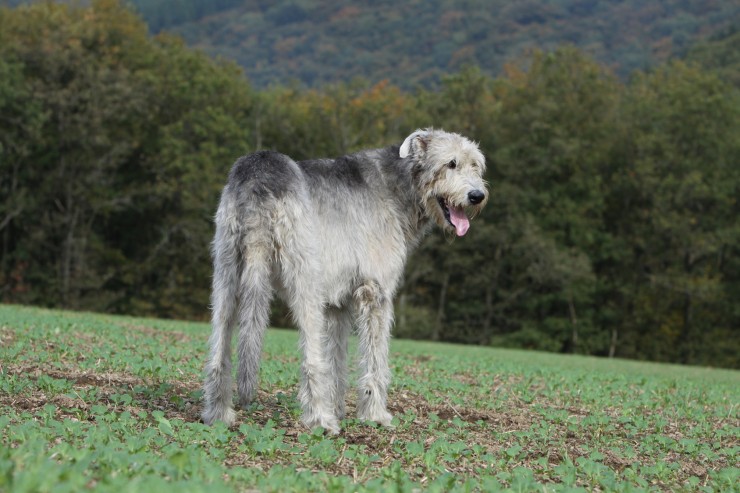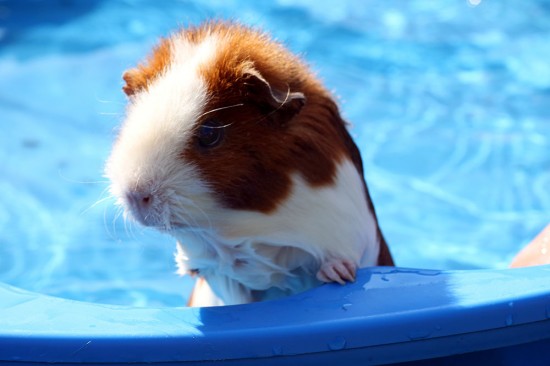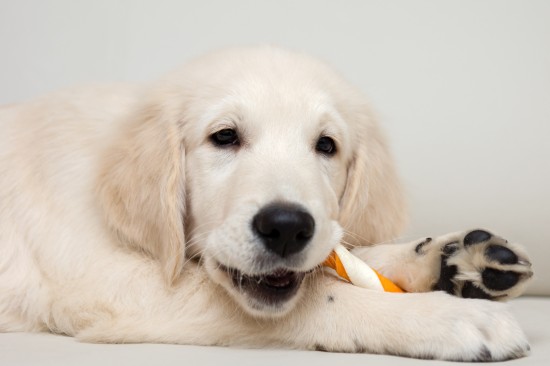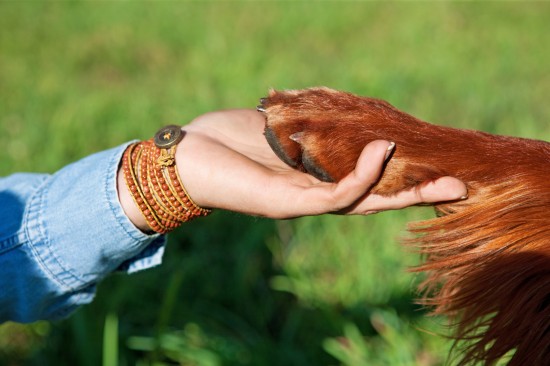

Megaesophagus is a condition that can affect various different mammals, including cats, dogs and people, and it occurs when the oesophagus (the gullet, or food pipe that carries food from the mouth to the stomach) is unable to fully push masticated food down into the stomach.
This can lead to a range of problems, including an increased risk of food being aspirated into the lungs, and also, a tendency to regurgitate food and problems swallowing and digesting food normally.
In this article, we will examine canine megaesophagus in more detail, including what it means for affected dogs, what sort of dogs are at risk for the condition, and how it occurs. Read on to learn more.
The oesophagus or food tube is the link between the stomach and the pharynx, along which food passes from the mouth to the stomach for digestion.
Peristalsis is necessary in order for this to happen, and peristalsis is the mechanism by means of which the muscles of the oesophagus itself expand and contract, to create a wave-like effect that pushes masticated food down the oesophagus to the gut. This process involves the oesophagus itself expanding and contracting accordingly.
However, in cases of megaesophagus, this peristalsis does not function properly, and instead of expanding and contracting, the oesophagus remains permanently enlarged or expanded, and does not contract and produce the necessary wave effect to push food down into the stomach. This means that food eaten remains within the oesophagus, without reaching the stomach, where it will ultimately be regurgitated (see this article on the difference between vomiting and regurgitation), begins to decay in the oesophagus itself, or be aspirated into the lungs after regurgitation.
Megaesophagus is a hereditary health condition rather than one that is caught or contracted, and develops due to a birth defect of the neuromuscular system. However, there are certain secondary diseases and conditions that can worsen the disorder, or cause a mild presentation that would otherwise be asymptomatic to become a problem, such as various forms of cancer that affect the throat and food tube, and a range of other conditions including hypoadrenocorticism.
Because megaesophagus is a hereditary condition, it tends to be more common within certain breed lines, and in certain breeds and types of dogs. Some of the breeds most widely affected by the condition include:
Whilst megaesophagus is hereditary and so, present from birth, symptoms of the condition may not become apparent until the dog has begun to grow and develop past the initial puppy stage, but generally, it first presents in younger dogs rather than older ones. An exception to this is if the condition itself is not acute, and only later in life when something happens to worsen or exacerbate the condition does it become apparent.
Generally, it is fairly obvious when something is amiss, and dogs suffering from the condition are apt to regurgitate or cough up their food shortly after eating, which will appear in near to its original state, having not had a chance to become digested other than by means of mastication.
Dogs with megaesophagus may also have foul breath, due to the possibility of food becoming stuck in the oesophagus until it decays, and such dogs are apt to be rather slobbery or drool uncontrollably for the same reason.
Megaesophagus also comes accompanied by the risk of food that is regurgitated being aspirated into the lungs, which can lead to a chronic cough due to the presence of a foreign body in the lungs, and ultimately, even pneumonia.
Problems swallowing, or difficulty eating are also common and generally fairly obvious to the observer.
Megaesophagus requires prompt veterinary attention, due to the range of risks that accompany the condition, ranging from malnutrition to the potential for aspiration pneumonia, which can be life threatening.
Your vet will need to run a range of tests on your dog including x-ray examination and blood panels, and potentially an ultrasound examination or contrast dye test to get a clear view of how the oesophagus is functioning when your dog swallows. Because the condition can sometimes develop or become exacerbated by other health conditions, your vet should also test for this too.
How megaesophagus is treated and managed can vary considerably from dog to dog, but if an underlying health condition is present, treatment for this in the first instance is the first line of attack, and may resolve the condition once it has been brought under control.
There is no surgical means of correcting the issue, as megaesophagus occurs due to improper muscle activity, and so generally, your vet will attempt to find the right combination of medications and food types for your dog in order to help them to get food through the oesophagus and into the stomach, and prevent regurgitation or aspiration into the lungs.
Once your vet has diagnosed the condition and established a treatment protocol, you will likely have to feed them carefully to ensure that their diet is as easy to digest as possible, and presents the lowest possible risk of being inhaled into the lungs.
You will need to keep a close eye on your dog, their condition and how well they are managing to eat, and also, learn to identify any signs of aspiration or pneumonia, for the duration of your dog’s life.
Due to the fact that megaesophagus is hereditary, affected dogs should not be used for breeding.
 Can I Give My Guinea Pigs A Bath?
Can I Give My Gui
Can I Give My Guinea Pigs A Bath?
Can I Give My Gui
 Some Of The Stranger Forms Of Canine Behaviour Decoded
Some Of The Stran
Some Of The Stranger Forms Of Canine Behaviour Decoded
Some Of The Stran
 A Short Guide To The Peruvian Guinea Pig
A Short Guide To
A Short Guide To The Peruvian Guinea Pig
A Short Guide To
 Problems With The Achilles Tendon And Calcaneus In Dogs
Problems With The
Problems With The Achilles Tendon And Calcaneus In Dogs
Problems With The
 Can Cats Be Fed A Vegan Diet?
Can Cats Be Fed A
Can Cats Be Fed A Vegan Diet?
Can Cats Be Fed A
Copyright © 2005-2016 Pet Information All Rights Reserved
Contact us: www162date@outlook.com